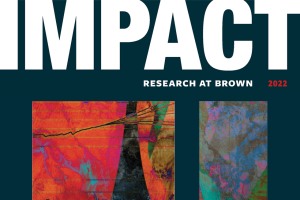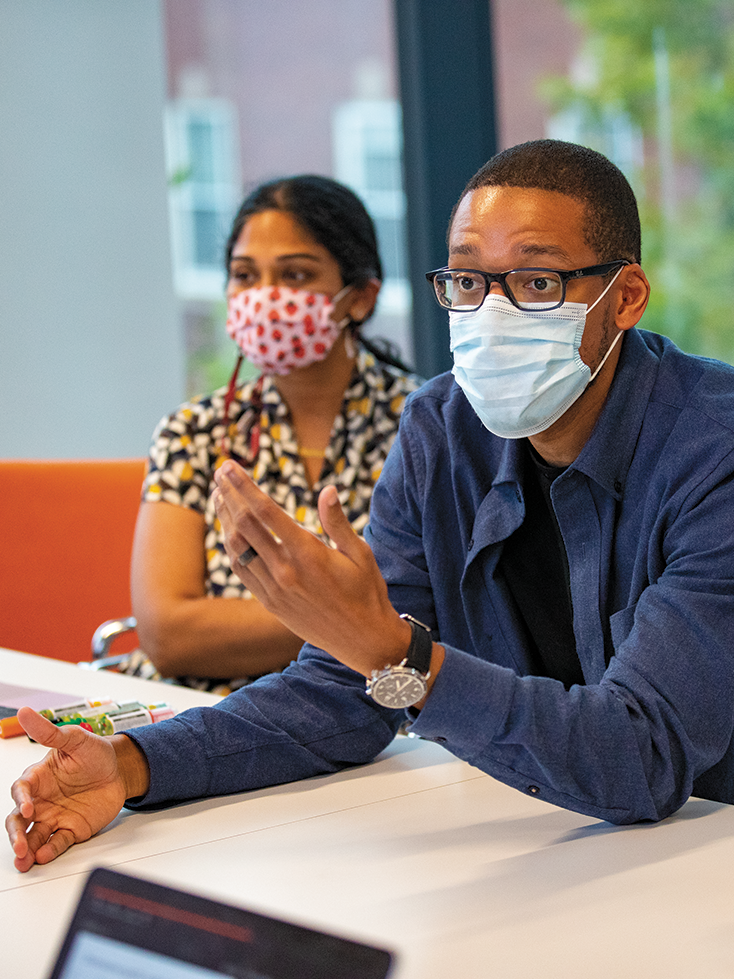PROVIDENCE, R.I. [Brown University] — It’s nearly impossible to categorize Lorin Crawford’s research into a single discipline. Crawford, an assistant professor of biostatistics at Brown's School of Public Health, is equally fluent in genomics, physics, machine learning and pure math, and his various realms of expertise blend in harmony to produce novel research about nonlinear interactions between genes. By constructing nuanced machine learning algorithms and running them on genomic datasets, Crawford is tackling how gene interactions contribute to trait architecture and disease etiology.
In practice, Crawford’s research falls into three buckets.
The first involves sourcing datasets from consortia that have taken DNA samples from upward of 100,000 individuals and building algorithmic models to understand how certain traits might arise from one gene’s interaction with another. His algorithms can forecast trait expression, from body mass index and height to gene dysregulation that might lead to an unhealthy tumor. Using the output of this research, Crawford and his team recommend targeted treatment strategies founded on a more robust understanding of how a set of genes additively give rise to a particular disease.
In the second, Crawford applies a similar methodology to cancer genomics research, in which he and his team study the roots of tumor resistance in order to increase drug effectiveness.
Imaging, the third bucket of his research, is another tool for refining targeted therapy, by visualizing tumor structure to understand the mechanisms that cause it to proliferate. “If I took an image of a brain tumor from an MRI scan,” Crawford proposed, “does that hold information about the biological processes that created this structure that’s contributing to the sickness of this patient?”
“Maybe I could look at a brain tumor and say, ‘Okay, this is a weird morphological signature that looks like other brain tumors we’ve seen, and I know that other patients were better treated with this treatment type,’” he said. “So, by that similarity, maybe I should try that treatment strategy on this person as well.”
Crawford’s lab has recently created synthetic tumor models from tissue taken from actual tumor patients, and he hopes to publish a paper soon on their findings. This method of modeling allows researchers to reproduce tumor structures and mechanisms ex vivo, without testing on a tumor in a live patient but instead on a synthetic model.
The potential implications and applications of his research are vast and have been validated in published papers, such as one detailing drug combination therapies to target treatment-resistant melanoma.
Crawford works collaboratively with researchers at Brown and at the Broad Institute of MIT and Harvard to put his findings into practice in clinical settings. He characterizes this symbiotic working relationship as an end-to-end pipeline in which he strives “to build models that better form both the data that they’ve already generated but also maybe potentially give them some kind of insights, new data that might be helpful in finding new discoveries.”

